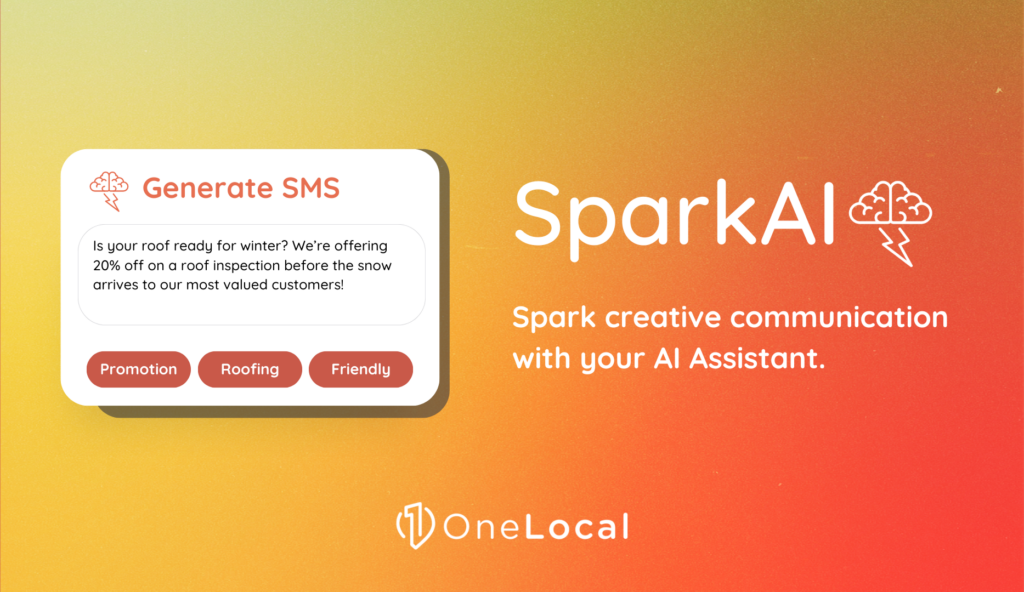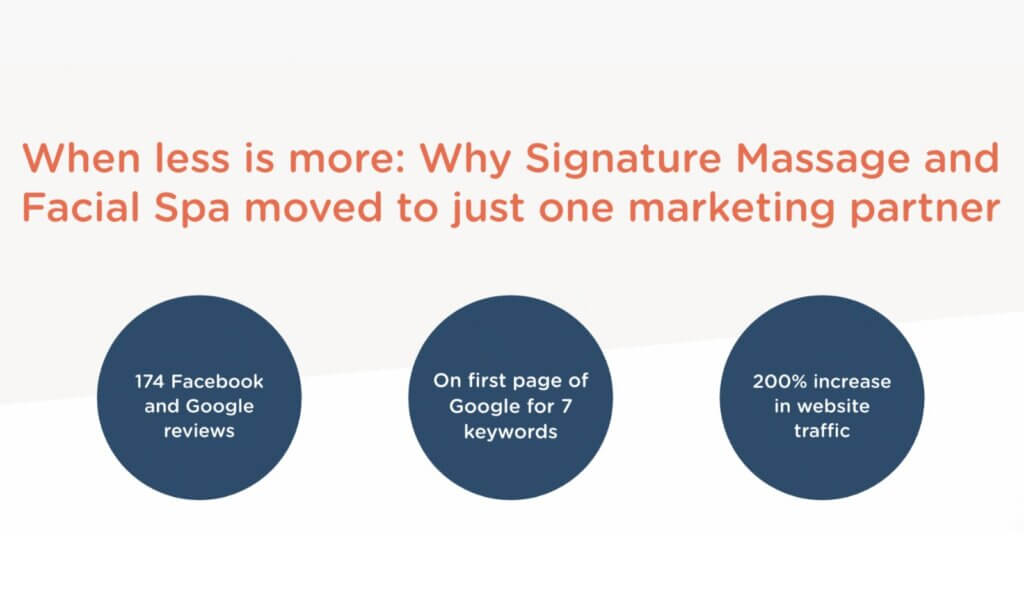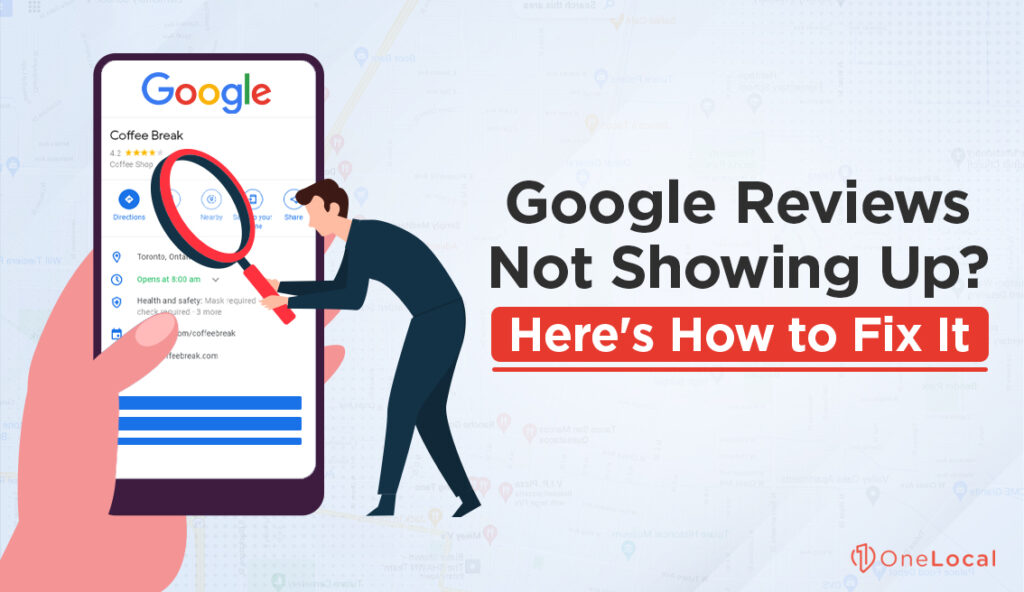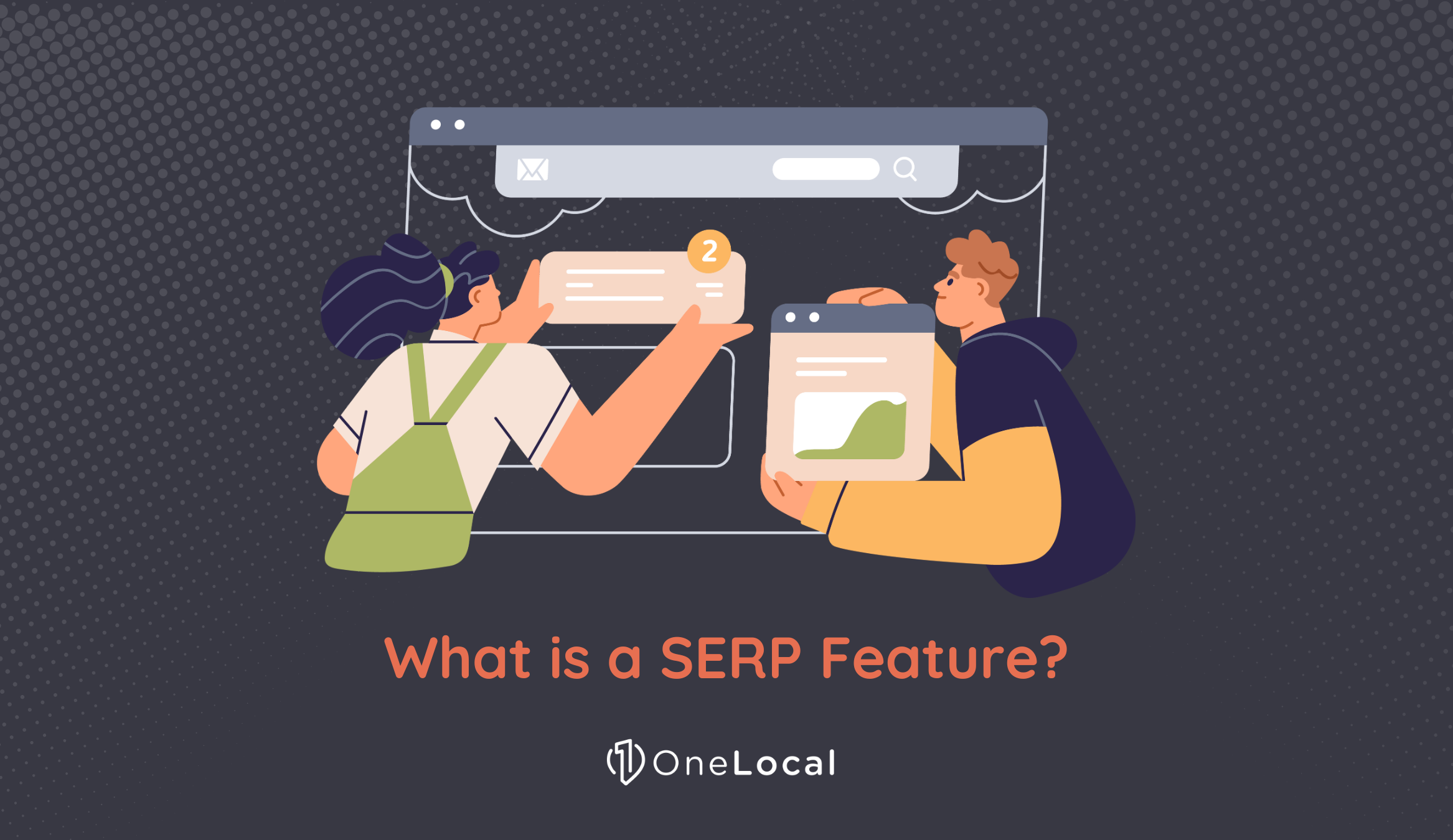Every second, 37,000 local searches are performed on Google. How can you ensure that your business pops up on the first page of results when potential customers search for a service or product you offer?
The answer is by utilizing local SEO ranking tactics. When you serve a specific area, having a local SEO ranking strategy can mean the difference between your business growing or struggling to stay afloat.
What factors do Google and other search engines consider when ranking sites for search queries?
Let’s look at the most important local SEO ranking factors and how you can boost your traffic, leads, and sales by implementing a local SEO strategy.
Updates in 2025 to Local SEO
Local SEO has changed quite a bit in 2024 and now in 2025, the changes have made the playing field a bit different. So, if you want your website to stand out, you really need to be on your toes. It’s more than just trying to be better than your competition – it’s about keeping up with all these changes.
Let’s talk about some of them:
- Localized targeting is important for businesses aiming to streamline their outreach; specifically, they leverage local rank tracking and marketing tools to analyze details. The task at hand involves understanding one’s standing and striving to outshine the competition.
- Apple Maps, interestingly enough, is gaining traction now that they have most of the bugs figured out. Ensuring the accuracy and prominence of a business on this platform is becoming necessary. You’d be surprised at just how many people use it instead of Google Maps.
- Artificial Intelligence (AI) is the crux of modern rank-tracking tools. It provides a comprehensive method to evaluate your SEO results.
- With the advent of voice-activated systems, voice search optimization is gaining attention. Consequently, the need arises for adopting natural language and question-based searches.
- Google Business Profile, with its new features like “activities” and live chats, calls for businesses to keep their profiles updated and leverage these functionalities.
- Google’s decision to factor in business availability as a local pack ranking turns out to be another significant update to note.
- For businesses in the healthcare sector, Google’s expansion of Local Service Ads may bring about substantial shifts.
- User experience, or UX, is an element that cannot be overlooked. A webpage should be useful, authoritative, and prompt to load. Putting into practice Google’s EEAT strategy can prove substantially beneficial.
- Ever noticed how much video and picture content is on the rise? I see it all over the place. It only makes sense to weave this stuff into your local SEO plan. After all, who doesn’t love a good video or infographic?
- But I’m not only talking about about visuals- if you’re into local SEO; you need to be big on creating connections and building a solid online community too. With social signals featuring in local SEO algorithms; it’s all about getting your audience engaged with what you’re doing.
Now: ask yourself, “What are the key parts of a good local SEO strategy”? Well, it involves things like making the most out of your Google Business Profile, staying on top of voice search and mobile tech, and delving into local keywords. Trust me- if you nail these aspects down, you’ll be well on your way to success.
But don’t just set it and forget it: Staying in the loop about these trends is so important; I’m saying this from experience.
Google Business Profile (GBP)
As the most frequently used search engine globally, one of the primary goals of local SEO is to show up on the first page of Google search results for relevant searches and keywords. To rank in local results, you will need to claim your business listing in Google and optimize your Google Business Profile (formally known as Google My Business and still often referred to as GMB.) Moz’s Local Search Ranking Factors Study found that your GBP is the number one factor impacting your search result ranking.
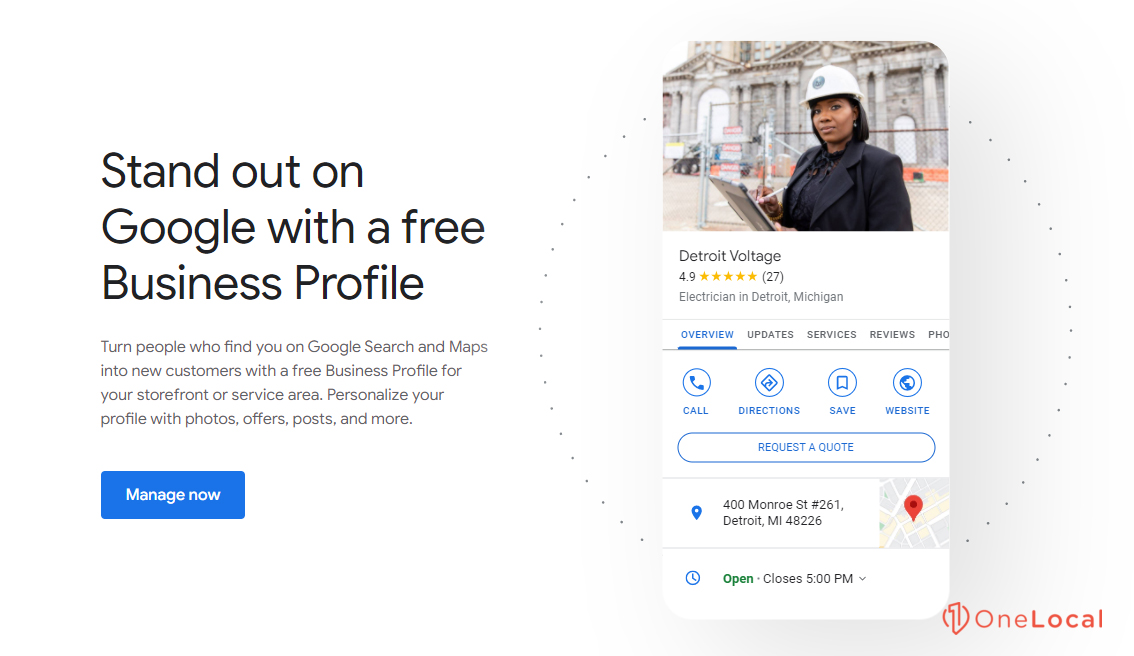
If you want to grab the number one spot in The Map Pack (the three results that show up on the map when you search for a local business on Google), you’ll want to prioritize optimizing your GBP. For more info about ranking on Google Maps, check out our guide.
Proximity as a Ranking Factor
Do you know how important your business’s location is in 2025? Your place of business can make all the difference in how easy it is for someone to find you online. So, the closer you are to the person looking up something, the more likely you are to show up on their screen. It’s all meant to make things more comfortable for customers.
Let’s say you want some coffee. You’ll probably want to find a place that’s not too far, right? That’s exactly what Google’s search engine thinks, too. It puts together a mix of how close you are, how relevant your business is, and how prominent it is to give people the best results.
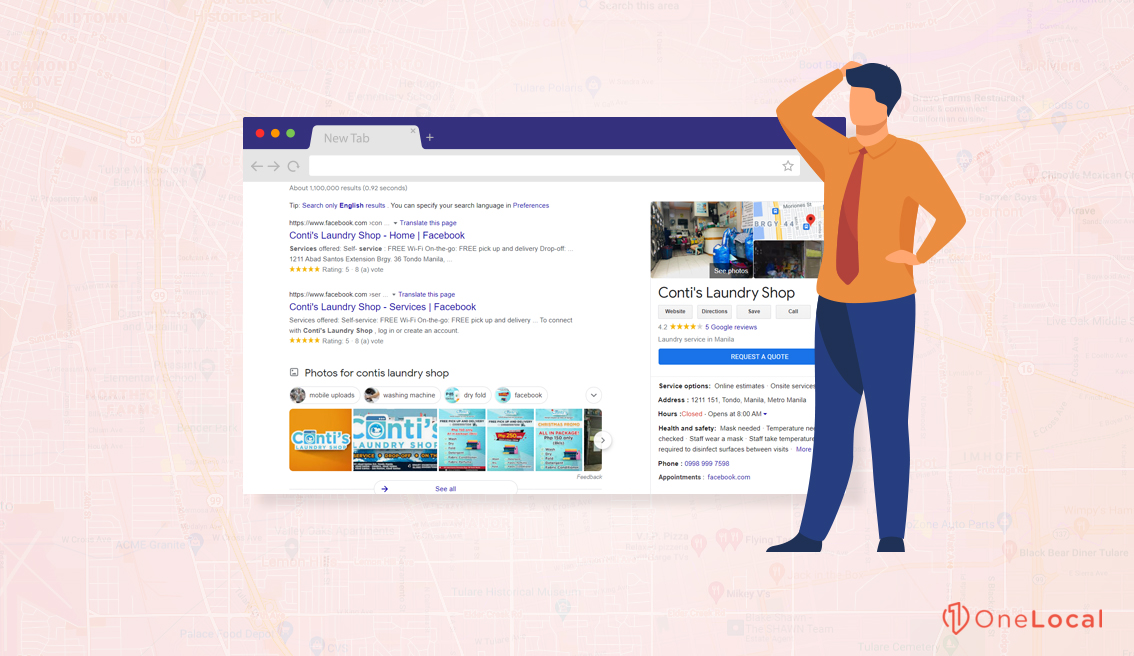
For some things, location isn’t as important. Imagine looking for an accountant. Is it important they’re right next door? Probably not as much as when you’re craving coffee.
So how can we use this to our advantage since we can’t keep moving our businesses around? I propose we focus on boosting our local presence. Tidy up your Google Business Profile, create content that speaks to your local audience, and be smart about your local SEO game. Spark conversation around how your business is connected to local landmarks; this could amp up your rank in search results.
Even if your business location is set in stone, a little tweak here and there in your local SEO can morph your visibility in local search results. You might even see a substantial improvement in where your business ranks in local searches.
Make Sure Your NAP Is Consistent Across the Web
One of the most important things to keep in mind when filling out your GBP is consistency is vital. You will want to make sure that all of the information you enter into your GBP matches the information on your website and citations found on other sites.
Google will look to see if your business info is the same between your Google Business Profile, your website, and third-party sites. However, differences in your address, phone number, or business name between GBP, your site, and third-party sites (for example, Yelp) will mean that Google views the legitimacy of your business with more skepticism.
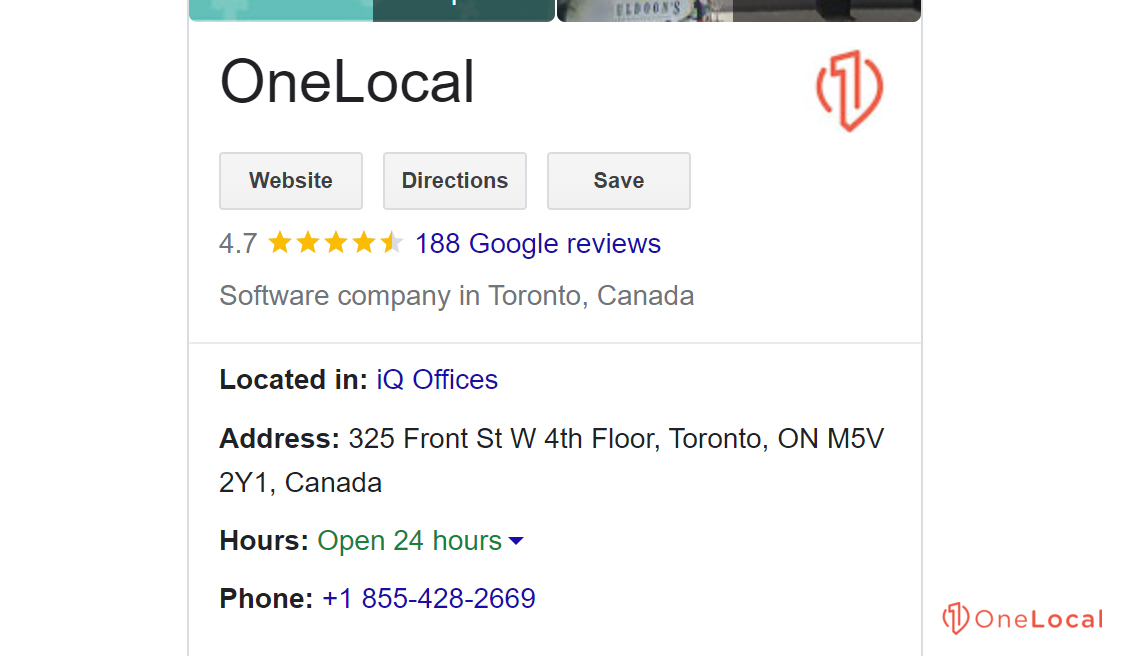
To ensure that Google views your business as legitimate and trustworthy, you must prioritize updating your business NAP info across the web if you move locations, change your name, or get a new phone number.
Even discrepancies as seemingly inconsequential as having your address written as “Elm Street” on one site and “Elm St.” on another can create confusion for Google. As a best practice, ensure that all of your information is identical everywhere it’s listed on the web.
The More Information You Give Google, the Better
When you’re completing your Google Business Profile, you’ll want to give Google as much information as possible.
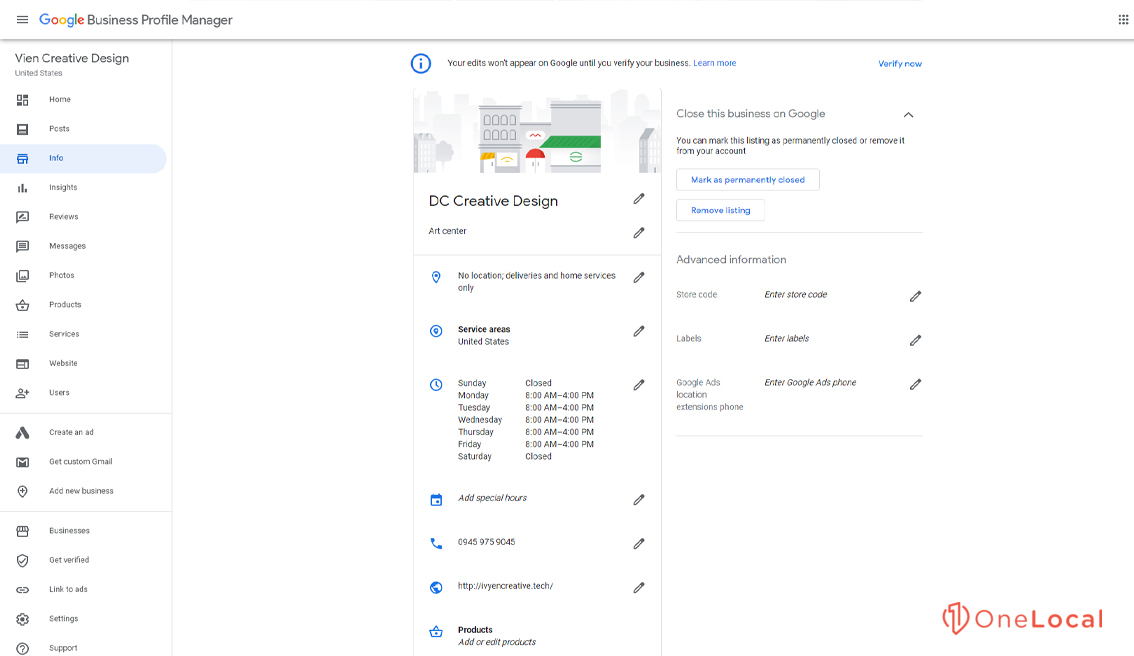
Choosing primary and secondary categories is something that local businesses often miss, which puts them at a considerable disadvantage. The secondary categories, in particular, will directly influence which searches and keywords bring up your business on Google search results. For example, the “Services” and “Products” categories give Google more information about what your business offers to its customers, which can, in turn, help you rank for relevant local searches.
Prioritize Keeping Your Online Information Up-to-Date
You also want to ensure that all of your information online is absolutely 100% up-to-date.
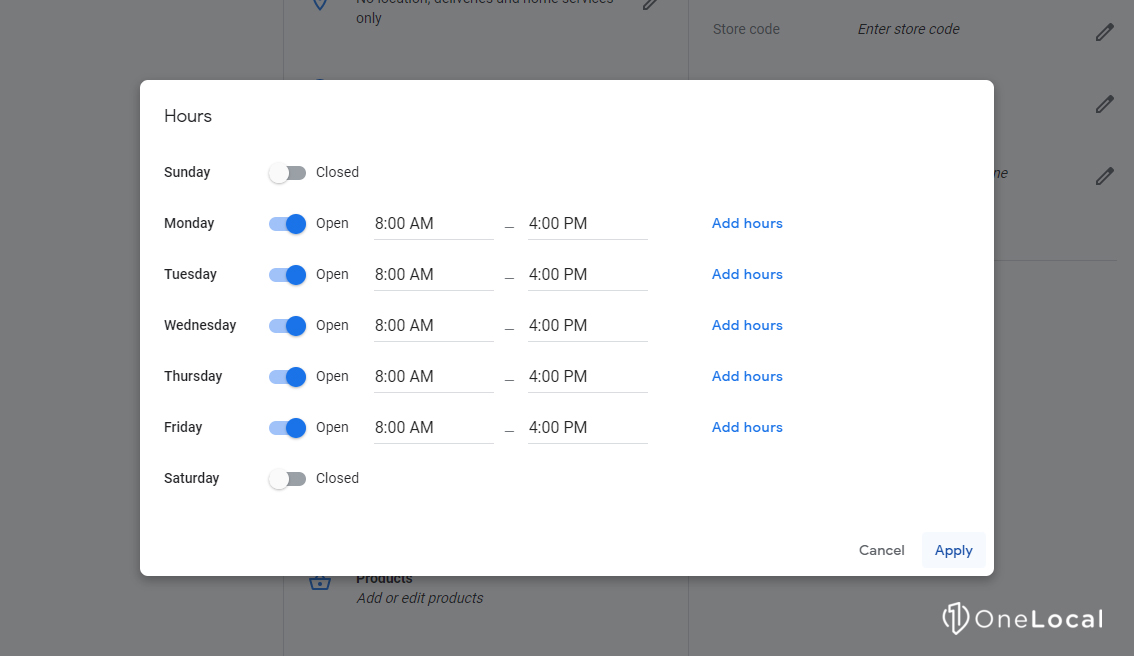
If you are changing your hours for a holiday, you should update your hours online as soon as possible. Customers need to know that they can trust the information about your business online. If they see that you’re open and show up only to find that you’re closed, there’s a good chance you’ll lose that customer and maybe earn yourself a negative review online.
Online Reviews
Speaking of customer reviews, your online reviews are also a critical part of how well you rank for relevant Google search results. As you might imagine, negative reviews can hurt your ranking, and positive reviews can give you a boost. Though Google’s methodologies aren’t precisely known, it’s thought that they also use reviews from third-party sites to determine your site’s ranking in relation to your competitors.
After all, what do you do when you’re looking for a new restaurant to try out? Chances are, you search on Google for the type of restaurant you want to go to in your area, and you start checking out the reviews left by other customers. When we’re deciding between an eatery with hundreds of positive reviews and another with three not-so-hot reviews, most of us will choose the former without even giving it a second thought.
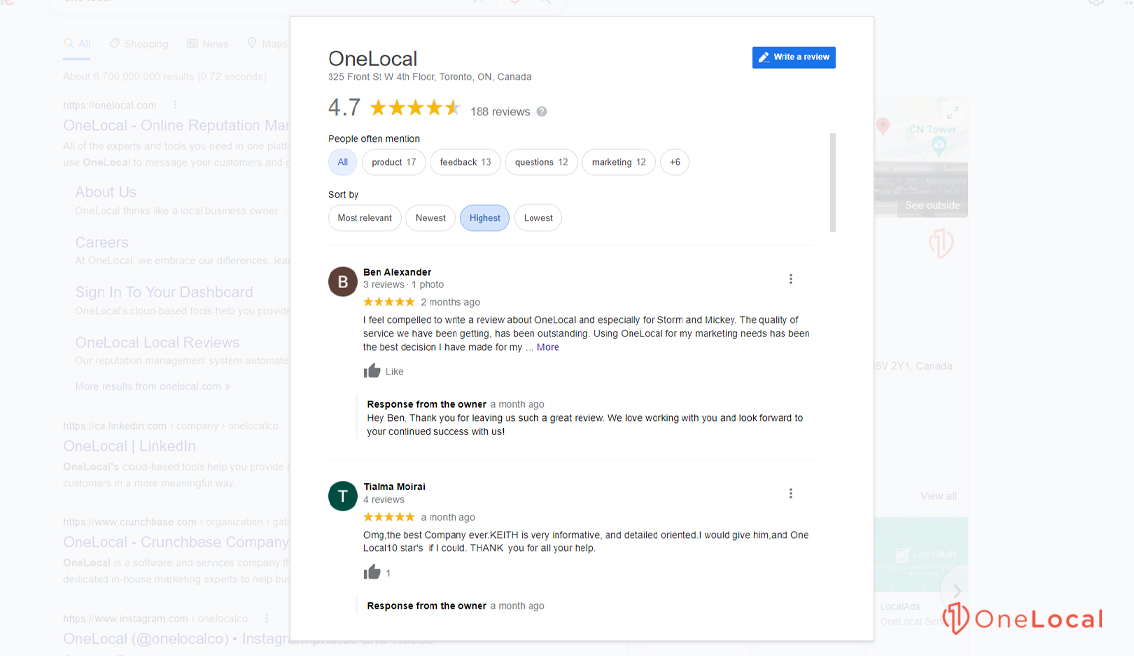
Your local SEO ranking is impacted by the total number, quality, diversity, and frequency of reviews you have on Google and likely across the web. For this reason, local SEO campaigns often focus on encouraging happy customers to leave reviews on the most popular review sites on the web.
Also, don’t forget to respond to your customer reviews, both positive and negative. Not only can this help your local SEO ranking, but it can also show potential customers that you are engaged, professional, and eager to keep your clientele happy.
NAP Citations
NAP stands for Name, Address, and Phone number. It’s super important for businesses to have correct NAP information everywhere. That means on their website, local directories, social media sites, and Google My Business listings.
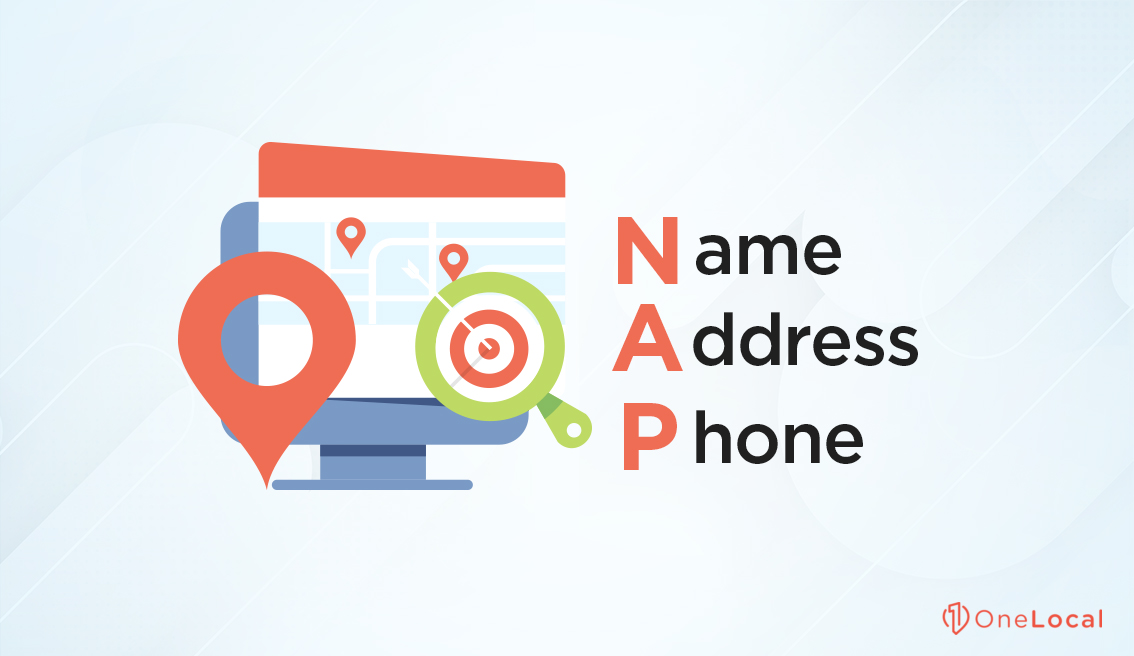
Why is this even an issue? Well, search sites, like Google, use NAP data to decide how legit and locally relevant a business is. If anything is out of whack, it can mess things up and negatively affect your search rankings. Listen to this: a study found that having consistent NAP info could improve local search outcomes by 16%. That’s huge!
Let’s think about your customers, too. When your NAP details are all over the place, it can create confusion. Customers might start doubting your business, and you don’t want that.
So, what’s the best way to take care of your NAP for local SEO? First, make sure your NAP information is out there in text form on your site, not hidden in an image. That way, search engines can find and index it more easily. Also, be sure to regularly update your Google My Business profile with your current NAP information. When you list your business, be thorough and provide as many details as possible.
Do you know what else could give you a boost? Adding local schema markup to your site. This helps search sites process your NAP stuff. It could even generate those handy, rich snippets.
And what about citations that include your NAP details? Yeah, those can improve your ranking too. SEO experts like those at Moz and WhiteSpark say NAP consistency in citations is an important factor for local SEO success. So, it’s definitely worth checking out.
On-Page SEO
Does on-page SEO sound confusing to you? Trust me, it’s not as hard as you think – it’s about making a few changes to how your web pages look and run to improve performance. These little tweaks help people find your website faster and easier when they look for things on the internet.
So, what really counts with on-page SEO?
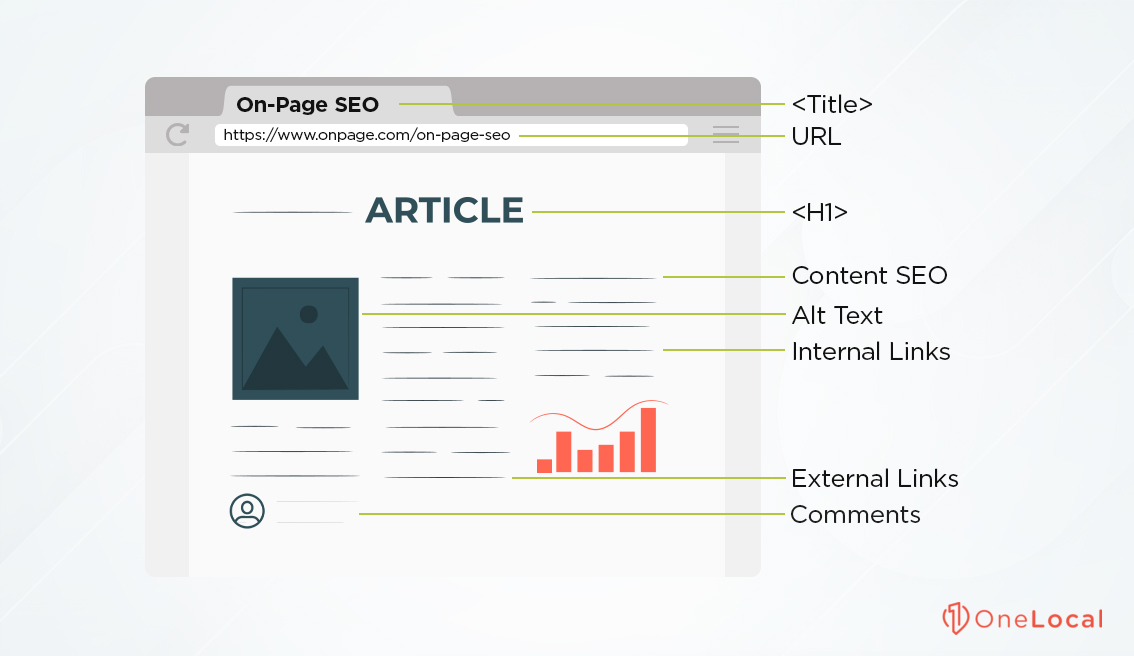
High-quality content is the big thing. Do you know what E-A-T stands for? It means Expertise, Authoritativeness, and Trustworthiness – this is what Google uses to decide if your page is good enough to show people. Just recently, Google added an extra “E” to this for “Experience”.
Do your best to provide thorough and relevant content with the right keywords. This makes your site more likely to meet what people want when they search Google.
It doesn’t end there, though. There are other things you should check off your list. HTML tags – things like the title and headers – need to be sharp, easy to understand, and full of those keywords I talked about earlier. Make your description attractive so that more people click to enter your site. Plus, don’t forget to work on your images – they need tags too.
What about your site’s structure? Try to keep your URL short and sweet – and fill it with helpful keywords. This helps search engines find their way through your website better. Can you remember the last time you waited ages for a web page to load? None of us have time for that – make your page quick. The faster, the better. And most importantly – make sure your site works well on both computers and phones.
That’s not all. Other on-page factors are also important, and we often forget about them. Schema markup might sound tricky, but it’s not. It’s a tool you can use to help search engines understand your web pages better. User experience (UX) is a big one, too. Make your website easy to use (and fast!) with a fun design – this can make a huge difference.
On-page SEO is all about making each web page super accessible and user-friendly. It goes far beyond keywords; it’s all about achieving a smooth, effective, and enjoyable experience for your visitor. Search engines like Google reward this.
High-Quality Backlinks
Top-tier backlinks are like “thumbs-ups” for your website. These aren’t ones you buy or fake; rather, they are ones you earn!
The best type of backlink comes from a website with the same kind of content as yours. So, that salsa dancing blog’s shoutout is not very useful for a dental practice.
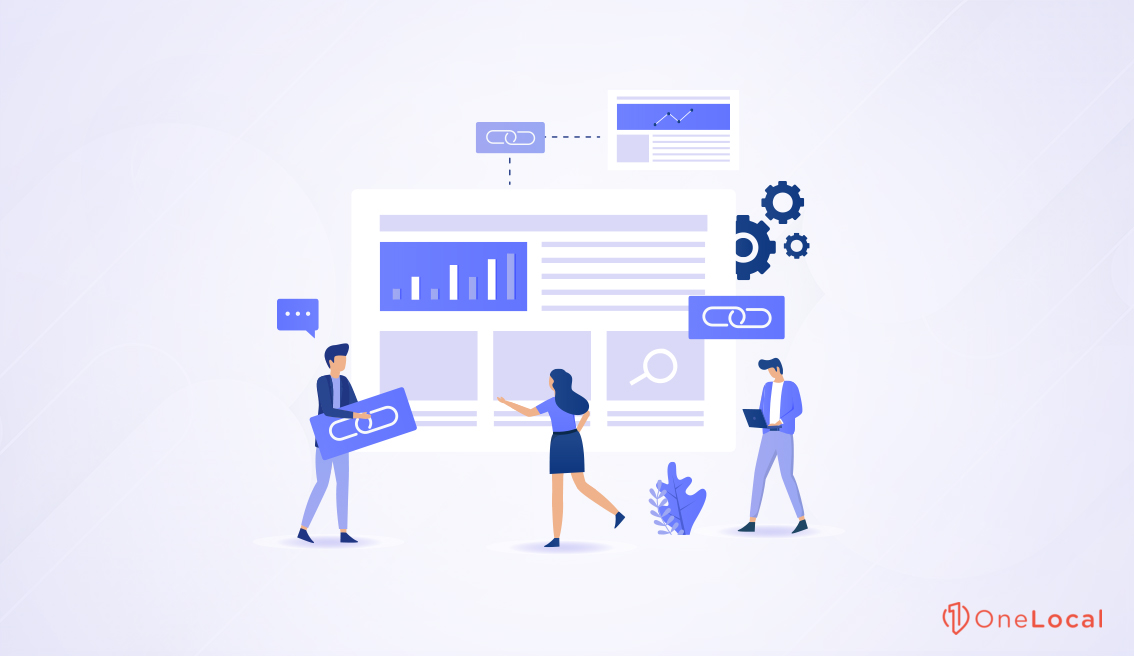
Here’s the thing: big-shot websites with a lot of clout know what’s up. Users and search engines alike respect them, making their endorsements a bit of a golden ticket. When we talk about things like ‘do follow status,’ it’s clear – ‘do follow’ backlinks take the cake. They nab you a higher spot in search engine results than ‘nofollow’ links.
Then, we’ve got something called anchor text – it’s the clickable part in a backlink. Now, you want those to line up with your keywords. Still, let’s not overdo it. Mix it up to avoid any penalties. Where are those backlinks? If they’re embedded in a well-written blog post, they work magic for you – way better than if they’re shoved in the sidebar or buried deep in the footer.
So, how do you get those high-grade backlinks? Content is king! Crafting informative content – think detailed guides or infographics – works like a charm. I’ve also seen success with guest blogging. You get to share your expertise while linking back to your own site. It’s a win-win.
I once helped fix broken links on a fellow blogger’s site, replacing them with my own content. Guess what? It scored me some backlinks! Plus, the blogger was thrilled. This technique is called broken link building.
Digital PR—like connecting with journalists or bloggers – also works wonders. It can fetch you backlinks from high-profile sites!
Why not keep an eye on your competitors, too? What they’re doing right might work for you, too. Also, remember: collaboration beats competition. You might score some powerful backlinks by teaming up within the industry!
Take it from me: top-quality backlinks can make or break your SEO game. Use them wisely, and your website will thank you for it.
Locally Relevant Content
Can you believe that customizing content for a specific region can do wonders for a company’s SEO? It’s true! It adds to a company’s online presence and can even bring in more local customers; it’s a golden tool. People’s buying patterns today highlight how important this method is. In fact, Google’s algorithms are designed to push local businesses to center stage.
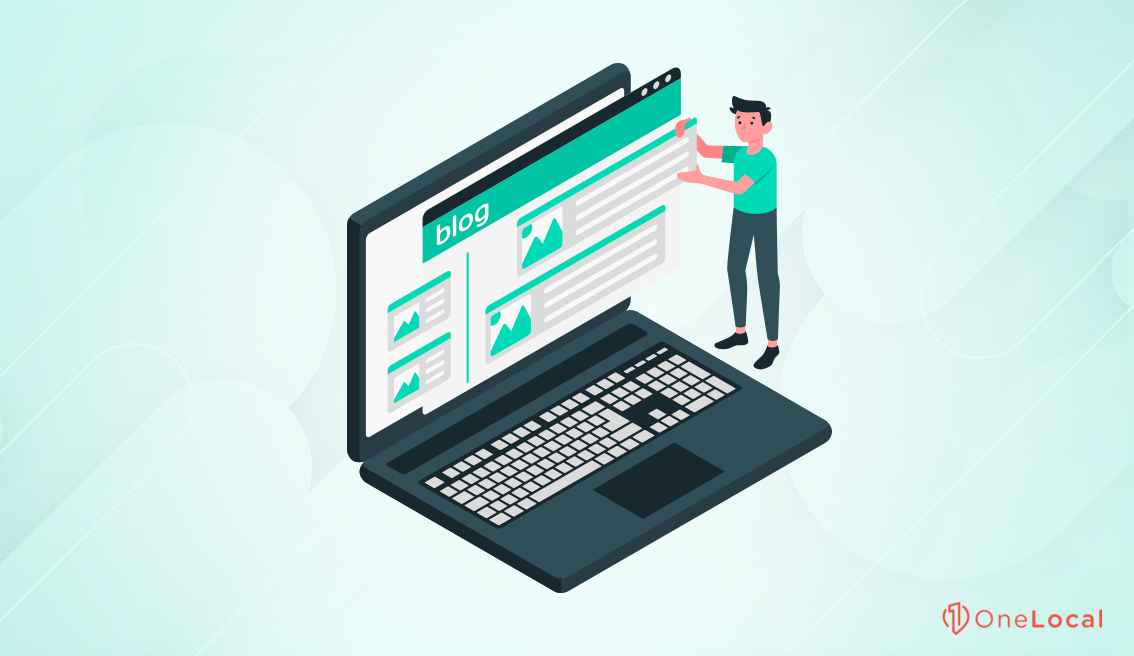
Google’s local algorithm focuses on three main things: relevance, distance, and reputation. Let’s break down what that means.
- Let’s start with relevance. It’s all about how well your business’s information matches up with what people are searching for in your area. In other words, the more your business can match local search terms, the better Google will see your relevance.
- Now we’ll talk about distance. It’s the idea of just how far away the person searching is from potential businesses they’re interested in. Think of it this way: you’re king or queen, and the search engine is like your loyal servant. Its job is to find and deliver what is closest to you.
- Last but not least, we have what Google thinks about your reputation. This isn’t just a shot in the dark; it’s based on a variety of online information related to your business. This information comes from things like articles, links, and directory listings. So, make sure to gather positive reviews. It can make a world of difference in how Google sees you.
As more people are shopping locally after the pandemic, investing in local SEO is now more important than ever. Not only does this bring more in-store and online traffic, but it also helps to build trust among potential customers. But remember, it’s important to manage your reviews. It’s the base of the local SEO success pyramid and plays a crucial role in the local ranking.
Why should you be relevant, noticeable, and close? Well, it’s a no-brainer – these are the keys to conquering Google’s local business ranking. Cashing in on these aspects will ensure that your business gets top billing in local search results. Mix in some focus on reviews and understanding local search patterns; the strength of your business’s local online visibility will be unbeatable.
Behavioral Ranking Signals
There are numerous behavioral signals that Google’s search algorithms utilize to rank search results. But what exactly are behavioral signals?
These signals indicate how users engage and interact with your business listings and site. Google learns whether your business and site are legitimate, reputable, reliable, and useful through this information. Let’s look at some of the behavioral ranking signals that search engines like Google take into account.
Pages Per Session
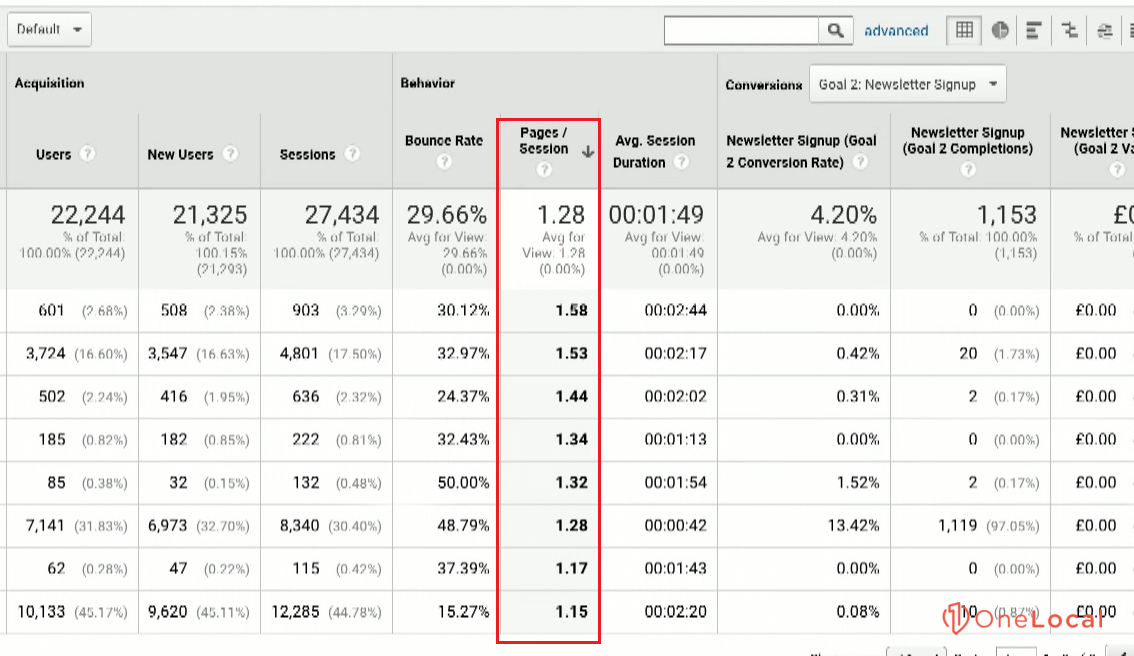
One of the things that search engines will look at is the number of pages people view on your site before heading elsewhere on the web. You want to prioritize keeping users on your site by offering compelling content and easy-to-find links between pages. A higher number of pages per session and a longer retention time will help boost your local SEO ranking.
Click-Through Rate
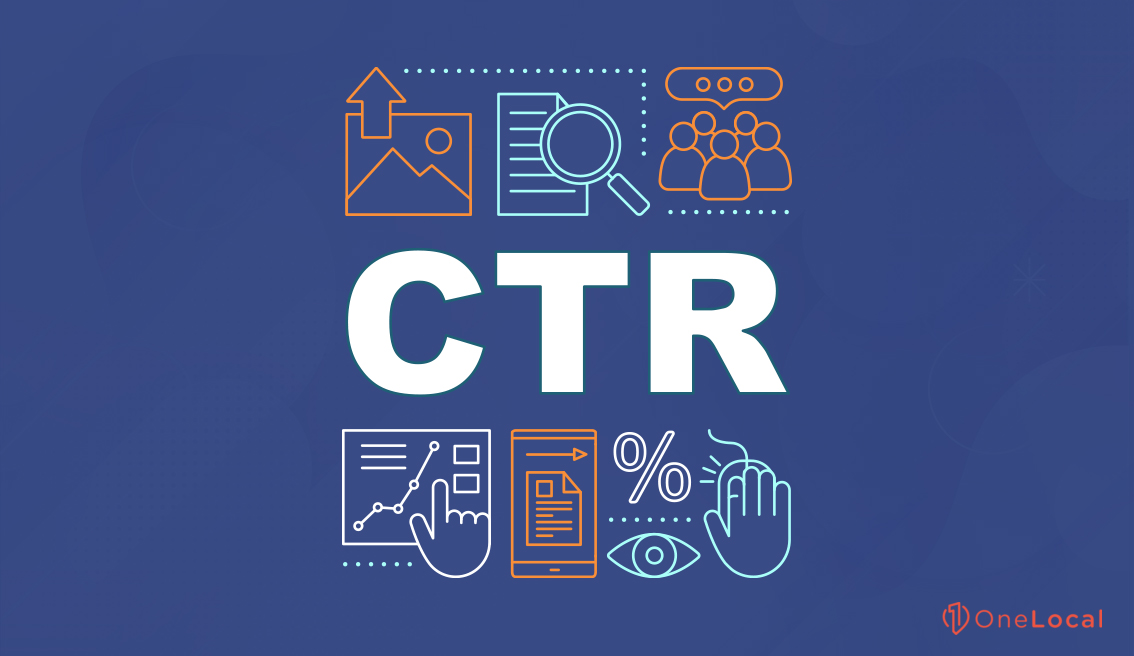
Potentially the most important behavioral factor that Google takes into account is the click-through rate (CTR) or your search results listing. The CTR is the rate which users click on your website’s link compared to the users presented with your site link and choose not to click on it. The higher your CTR, the more it indicates to Google that people have an interest in your brand and site.
Organized Navigation
Congrats, a user has finally ended up on your site! However, how easily can they find what they’re looking for once they’re there? Is the information they need easily accessible or do they have to roll their sleeves up and perform an archeological excavation to find your offerings, hours, or location?
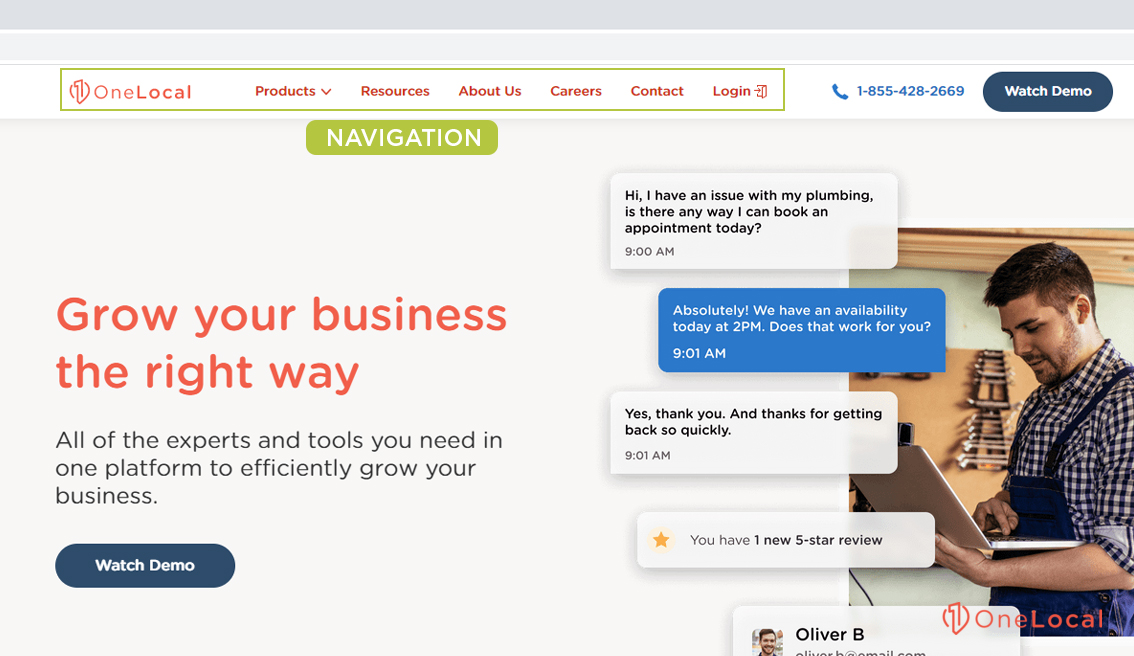
The fact of the matter is that you likely aren’t the only business in your area offering the product or service you sell. If you don’t make it quick and easy for people to locate what they’re looking for, there’s a good chance they’ll leave your site in search of a website that gives them what they need with less work.
This means that you need to create an organized website that makes navigation intuitive and easy. You’ll also want to make sure that your site is mobile-friendly so people on the go can find the information they seek without breaking a sweat.
Page Speed
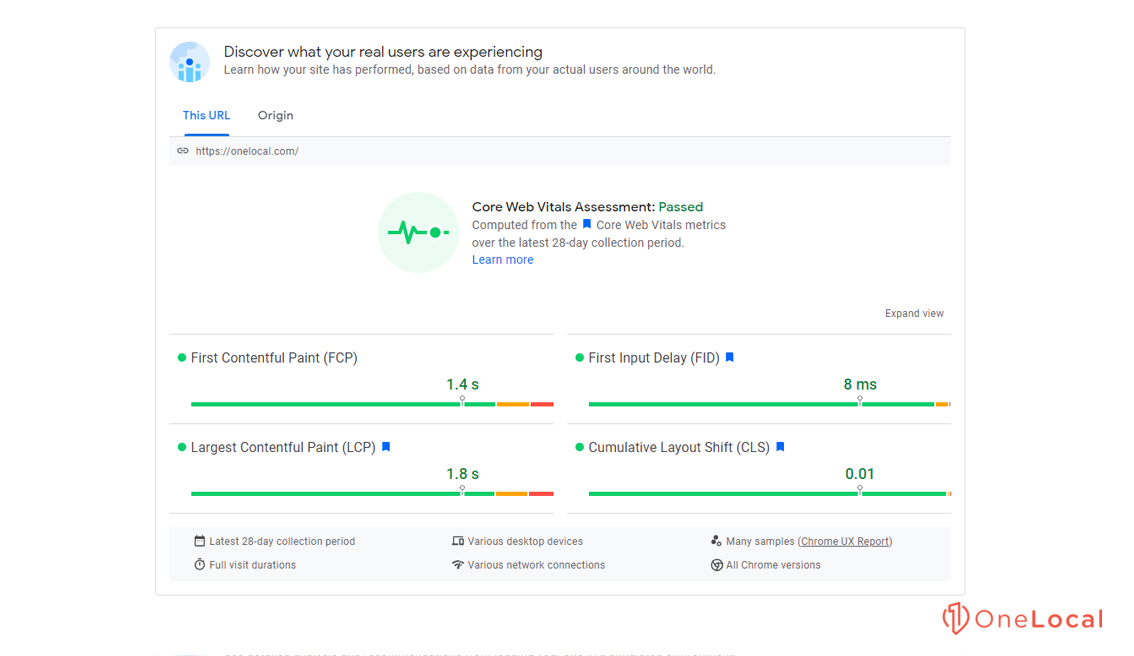
How fast your website loads is also significant when you want to rank as highly as possible on search results pages. If a potential customer clicks on your site only to find that it takes too long to load, they’ll probably backtrack and look at one of your competitors.
Bounce Rate
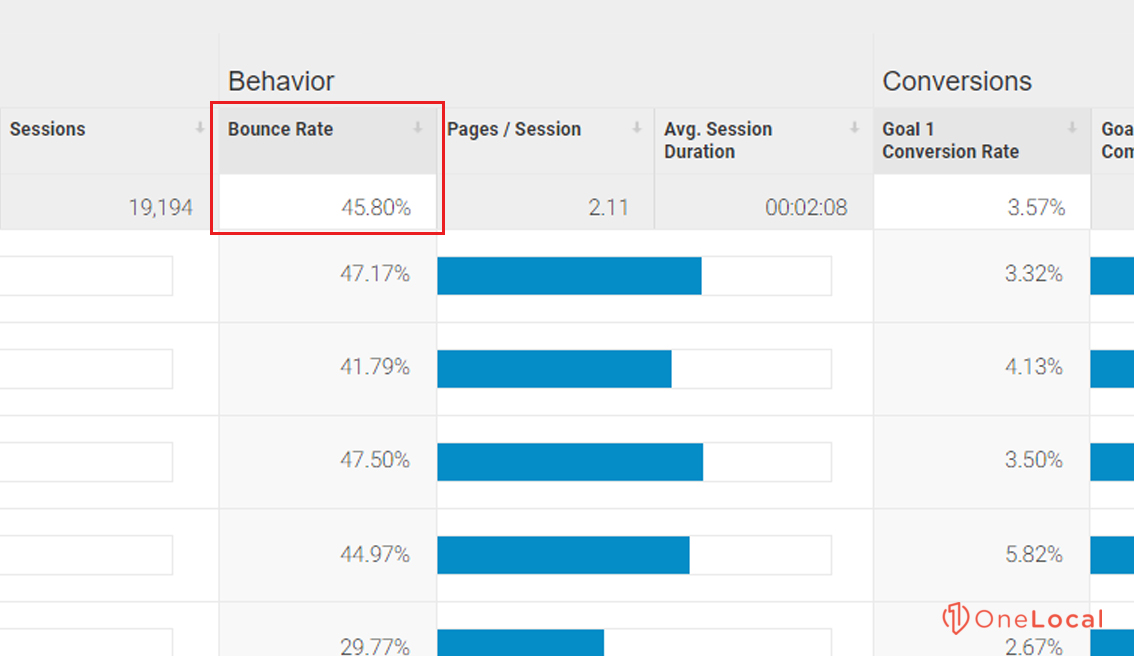
Your site’s bounce rate is the percentage of users that return to the search results page immediately after going to your site’s landing page. This can happen for many reasons, such as having a site that loads too slowly or not having the information they’re looking for readily available. To rank as highly as possible in search results, you’ll want to do everything you can to ensure visitors don’t bounce off your site as soon as they arrive.
Responsive Web Design
These days, businesses can’t get away with having a site that isn’t responsive. Responsive web design refers to a site built to display correctly and professionally on devices of all types and sizes.
This is particularly important when it comes to local SEO ranking. After all, where do you search when you’re out on the town and need to grab a bite to eat or run to the hardware store? On your smartphone, of course.
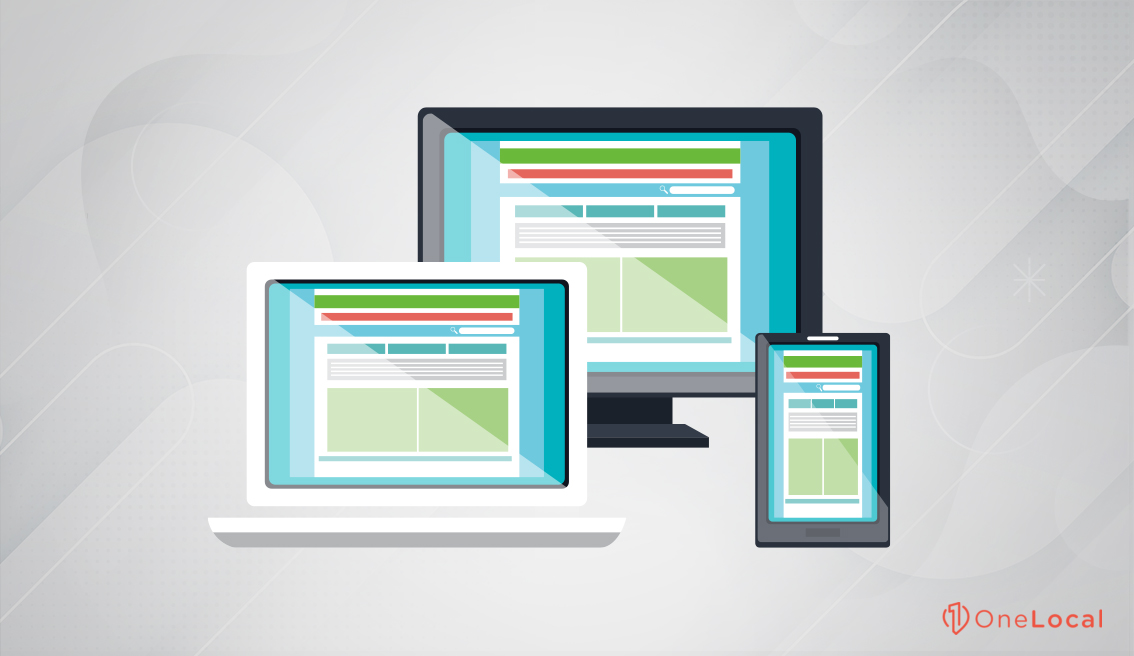
Not only does having responsive web design help your customers find you when they need you, but Google uses the mobile version of sites for both indexing and ranking.
Personalization Ranking Signals
According to the Moz study referenced earlier, personalization signals make up 9% of SEO ranking factors. Personalization refers to how well your business, content, and site are maximized for a targeted audience.
Optimizing your web presence for personalization means creating relevant content for the demographic most likely to find value in the products or services you offer. Google is constantly collecting data about its millions of users, and it will personalize search results based on factors such as their location and primary language.
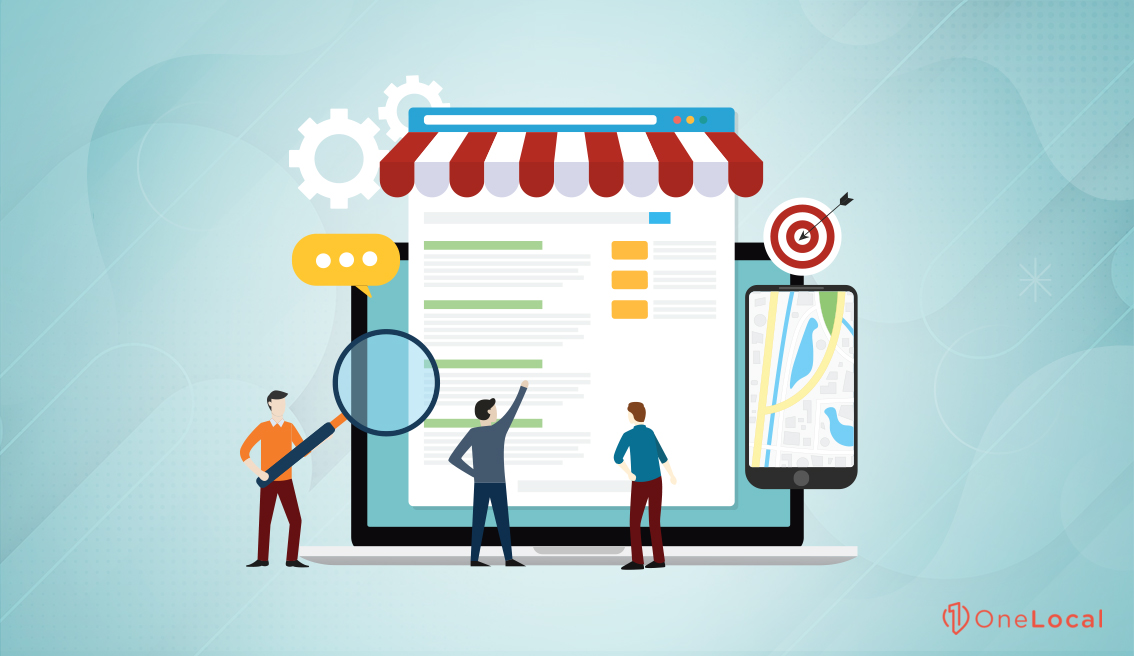
Personalization signals are generally more relevant to traditional SEO than local SEO, but that doesn’t mean you can’t use them to your advantage. Of course, the primary way you can utilize how Google incorporates personalization signals into its ranking is by creating locale-specific content. For example, if you service several different areas, you’ll want to create separate SEO-focused landing pages for each location.
Another way that you can use Google’s focus on personalization is by utilizing a multilingual SEO strategy if you live in a multicultural city. For example, 42% of the overall population of Los Angeles are native Spanish speakers. If you operate a small business in the LA area, having your business information in Spanish and English can help you reach a broader local audience.
Is It Time for You to Boost Your Local Search Ranking?
As you can see, local SEO ranking factors comprise a complex and interactive web. Properly optimizing your site and web presence can practically be a full-time job, which is why so many local businesses struggle to receive the search rankings they desire. After all, you want to focus your time and energy on the thing you do best: running your small business.
That’s where we come in. At OneLocal, we offer all of your marketing needs in one place. Since we focus solely on helping local businesses grow, you can trust that our experts will help you reach your business goals.
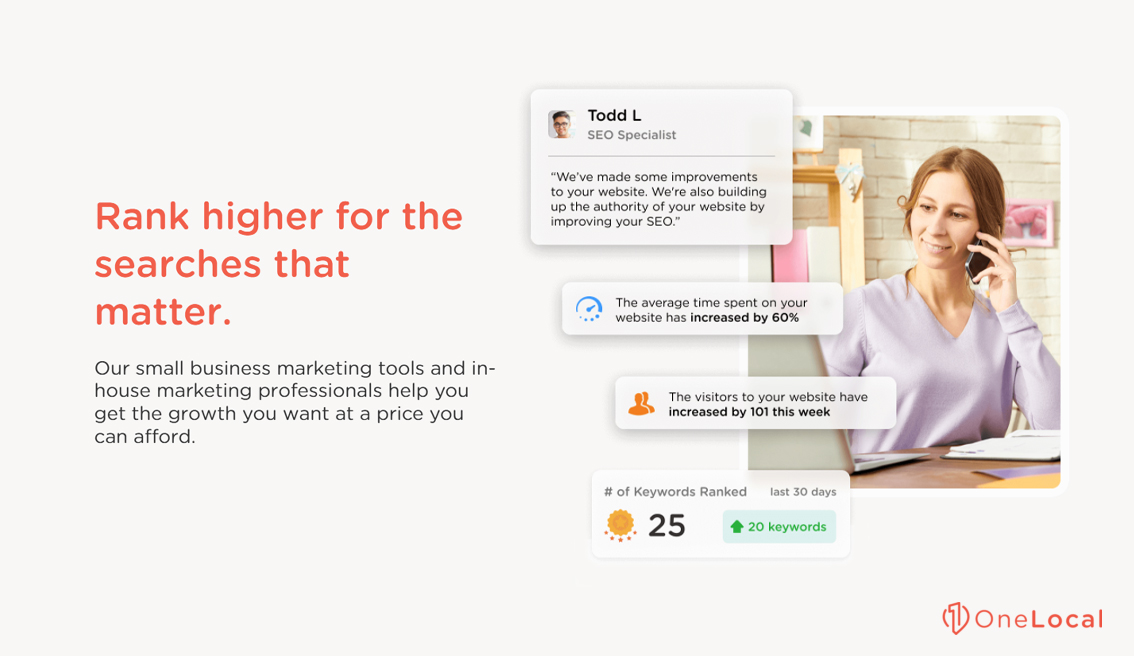
Are you ready to implement the right strategy to increase the online visibility of your business? If so, check out our Local SEO services here.

Rachel Solway is a seasoned marketing professional dedicated to empowering small businesses through innovative marketing strategies. With extensive experience at OneLocal, a leading marketing solutions provider, Rachel’s insights are helping thousands of local businesses navigate the digital landscape.

